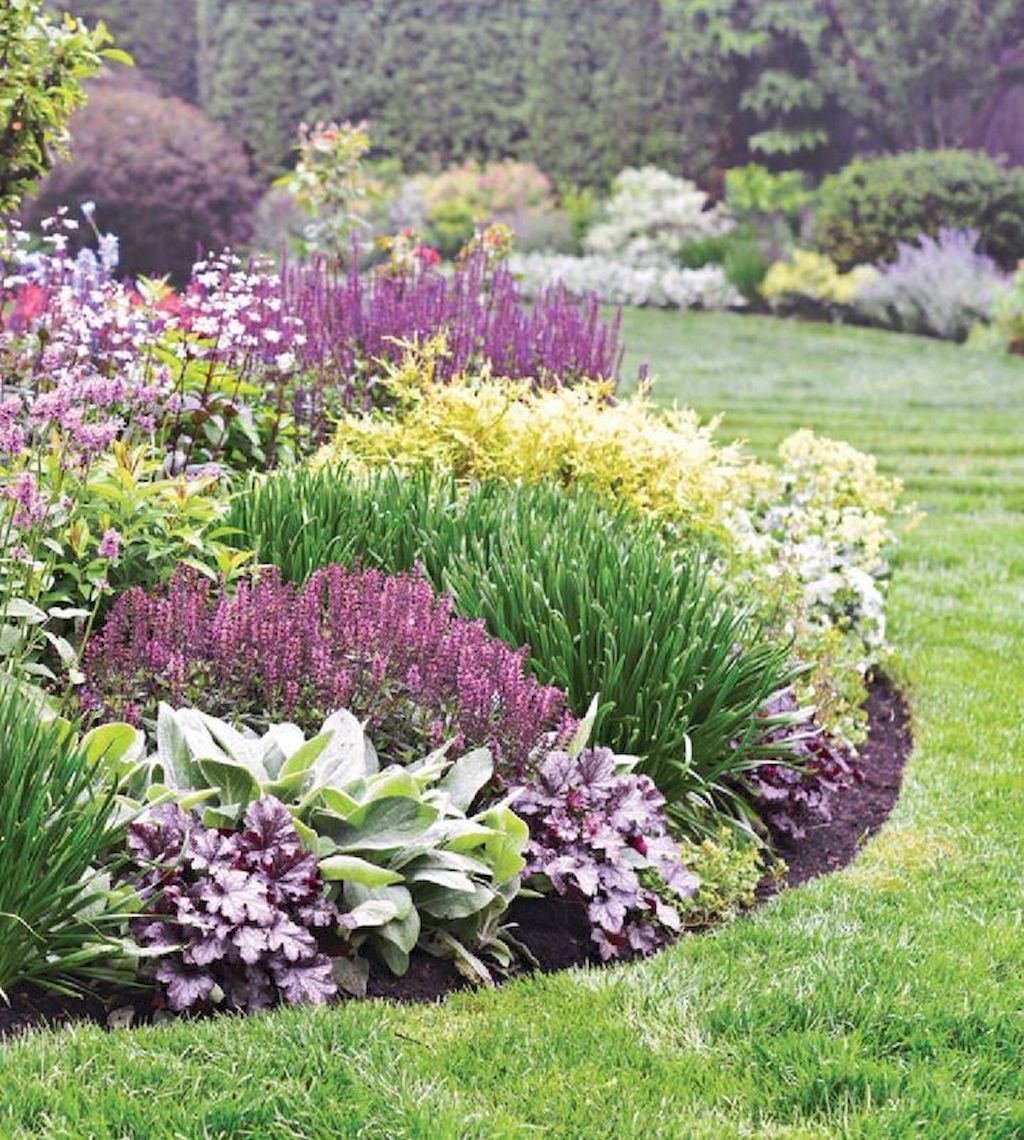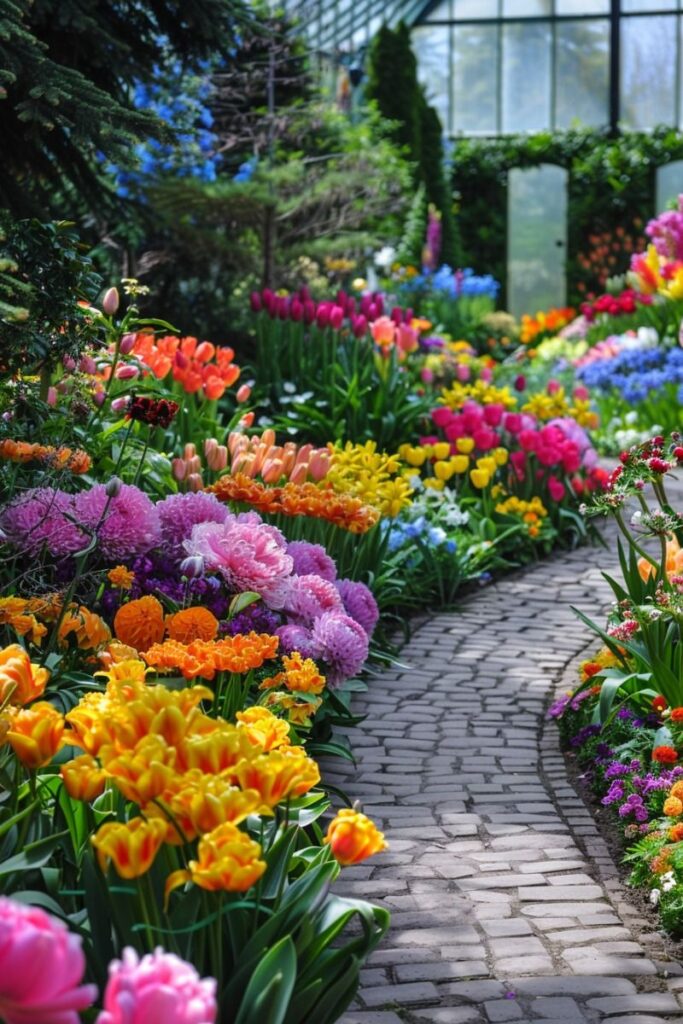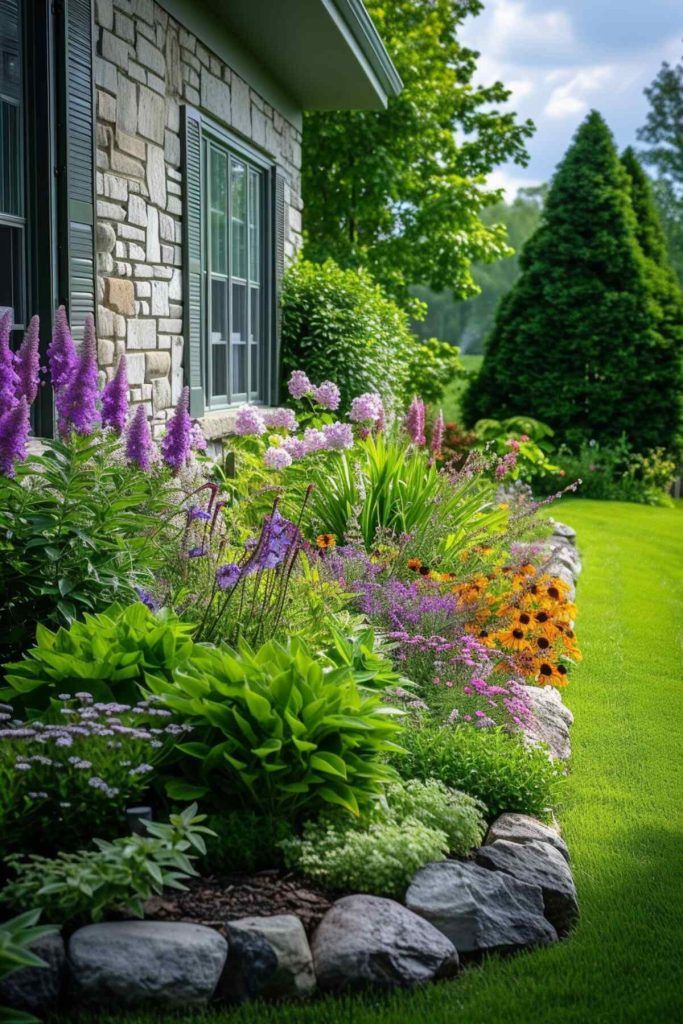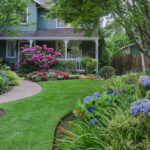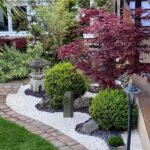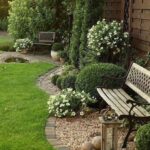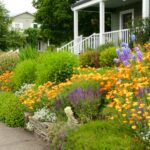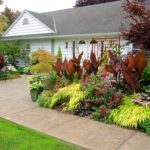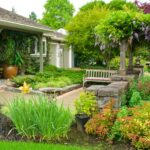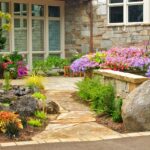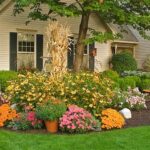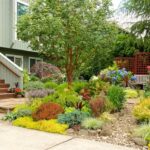Front yard garden design is crucial in creating a beautiful and inviting outdoor space that enhances the curb appeal of a home. When planning a front yard garden, it is important to consider the overall aesthetics, functionality, and maintenance of the space. By following some key design principles, homeowners can create a front yard garden that is not only visually appealing but also sustainable and low maintenance.
One key aspect of front yard garden design is the layout and organization of plants and hardscape elements. Before starting any planting, it is important to map out the space and consider the location of existing features such as trees, pathways, and driveways. This will help in determining the best placement for garden beds, walkways, and other design elements. Creating a sense of balance and symmetry in the front yard garden can help create a harmonious and visually appealing landscape.
Incorporating a variety of plant types, textures, and colors can add interest to a front yard garden design. Mixing different types of plants, such as shrubs, perennials, and annuals, can create a dynamic and visually appealing garden. Consideration should also be given to the seasonal interest of plants, ensuring that there is something blooming or providing interest throughout the year. In addition, incorporating native plants and drought-tolerant species can help reduce water consumption and maintenance requirements.
The use of hardscaping elements, such as pathways, patios, and decorative structures, can add structure and functionality to a front yard garden design. Pathways can help define and connect different areas of the garden, while patios or seating areas can provide a place for relaxation and enjoyment. Decorative structures, such as arbors, trellises, or garden sculptures, can add visual interest and focal points to the garden design.
Maintenance is an important consideration in front yard garden design. Choosing plants that are suited to the local climate and soil conditions can help reduce the need for watering, fertilizing, and pruning. Opting for low-maintenance plants and incorporating mulch or ground cover can also help suppress weeds and retain moisture in the soil. Regular upkeep and pruning of plants will help keep the front yard garden looking neat and well-maintained.
In conclusion, front yard garden design is an important aspect of creating an inviting and attractive outdoor space. By considering layout, plant selection, hardscaping elements, and maintenance requirements, homeowners can create a front yard garden that enhances the overall aesthetic of their property. With careful planning and attention to detail, a front yard garden can be transformed into a beautiful and sustainable outdoor oasis.
